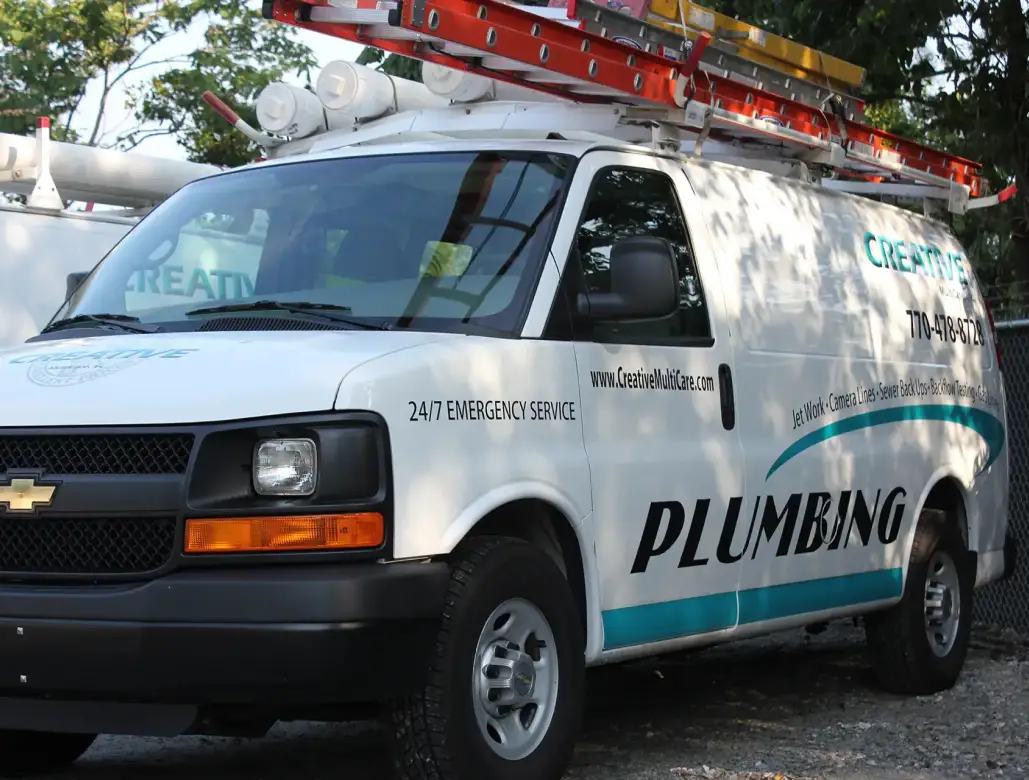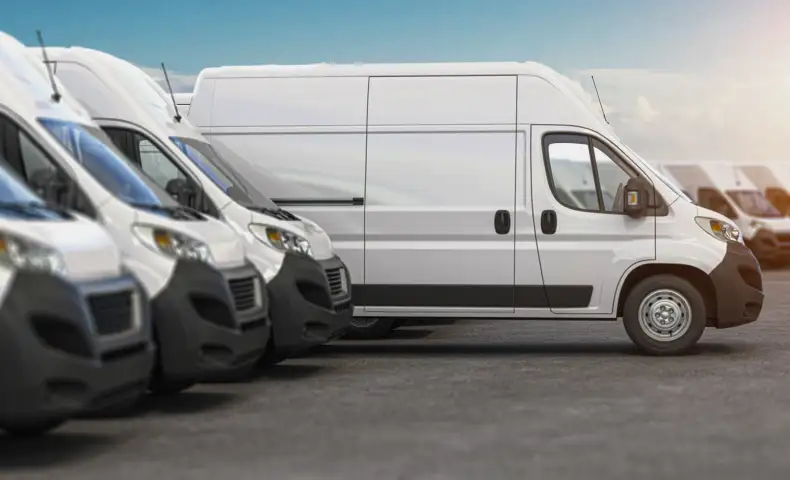Manual fleet expense reconciliation. If the first thoughts that popped into your head were long hours, tight deadlines, and tracking down an endless number of transactions, you’re not alone!
In this post, we share everything you need to know about eliminating manual fleet expense reconciliation. Keep reading to learn how you can improve cost savings, fraud mitigation, and driver ease with our proven tips.
What is expense reconciliation?
Expense reconciliation is the process of reviewing and matching businesses expenses to entries in your accounting books, ensuring that there are no discrepancies. The goal is to make sure your bank transactions match your financial statements, helping you better monitor and manage your cash flow.
Why is fleet expense reconciliation often so manual?
More and more organizations are turning to automated reconciliation solutions, but for many, manual processes still prevail. One of the most common manual methods relies on paper records, requiring administrators to physically compare, verify, and adjust financial documents such as receipts, invoices, and bank statements. This process can be time-consuming and easily prone to human error, making it a less than ideal method if you’re planning to grow and scale your business.
Another traditional method involves using spreadsheets. Although this approach is slightly more organized than using paper records, it still requires manual data entry and careful oversight. Mistakes during input or formula setup aren’t uncommon and cause inaccuracies, impeding the ability to make accurate data-driven business decisions.
How can you eliminate manual fleet expense reconciliation?
Fortunately, there are ways you can eliminate manual fleet expense reconciliation, letting you say goodbye to paper records and spreadsheets! Here are a few effective methods:
- Implementing a single ledger for all fleet transactions: By maintaining a unified ledger that includes all fleet transactions across multiple or all spending categories, you can centralize your data in one location. This provides a single source of truth for all expenses, reducing the chances of any discrepancies or errors and ensuring that your data is easily accessible within your organization.
- Using a single credit line across multiple (or all) fleet transactions: By having a single credit line for multiple or all fleet expenses, you can streamline the approval and payment process. This helps reduce administrative overhead and provides insight into spending patterns, making it easier to identify potential saving opportunities.
- Extending the vehicle system of intelligence: The integration of intelligence systems into your process can increase the value of your telematics deployment. By improving data accuracy and integrity while removing human error, this approach enhances your overall efficiency.
- Automating the collection of transaction data in real-time: You can create a frictionless driver experience by automating the collection of vital data points in real-time, such as VIN, vehicle ID, location, odomenter, unit #, fuel tank capacity, fuel spend, available funds, driver details, and more. This can ultimately serve as the single source of truth for all fleet vehicle spend, resulting in time savings, increased cost controls, fraud prevention, and a clear understanding of the total cost of ownership of every vehicle, down to the mile.
- Leveraging proprietary algorithms: Using sophisticated algorithms tailored to fleet management can provide an additional layer of data accuracy and fraud prevention. These algorithms can detect unusual patterns that may indicate fraudulent activity, helping you avoid unnecessary losses and maintain the integrity of your financial data.
What are the benefits to eliminating manual fleet expense reconciliation?
Using the proven strategies outlined above, companies can unlock numerous benefits by eliminating manual fleet expense reconciliation:
Cost savings: By freeing your employees from manually tracking expenses, you save them valuable time that they can then use to focus on more strategic tasks.
Scalability: Whether it’s adding another fleet, adding more vehicles, or entering new geos, expense reconciliation can quickly get out of hand when dealing with paper records or spreadsheets. Eliminating this manual process unburdens your team so you can scale with ease.
Fraud mitigation: By limiting manual interference, there are fewer opportunities for intentional manipulation of data. In addition, sophisticated algorithms can detect unusual patterns or inconsistencies that may signal fraudulent activity.
Driver ease: By capturing expenses digitally and in real-time, drivers no longer need to keep and submit physical receipts.
Fuel Your Fleet with Car IQ: Managing your fleet doesn’t have to be a headache. At Car IQ, we use real-time vehicle data to enable payment transactions, eliminate fraud, and streamline the reconciliation process with one single ledger across your entire fleet—all without the hassles of credit cards.
Interested? Let’s start a conversion today.













